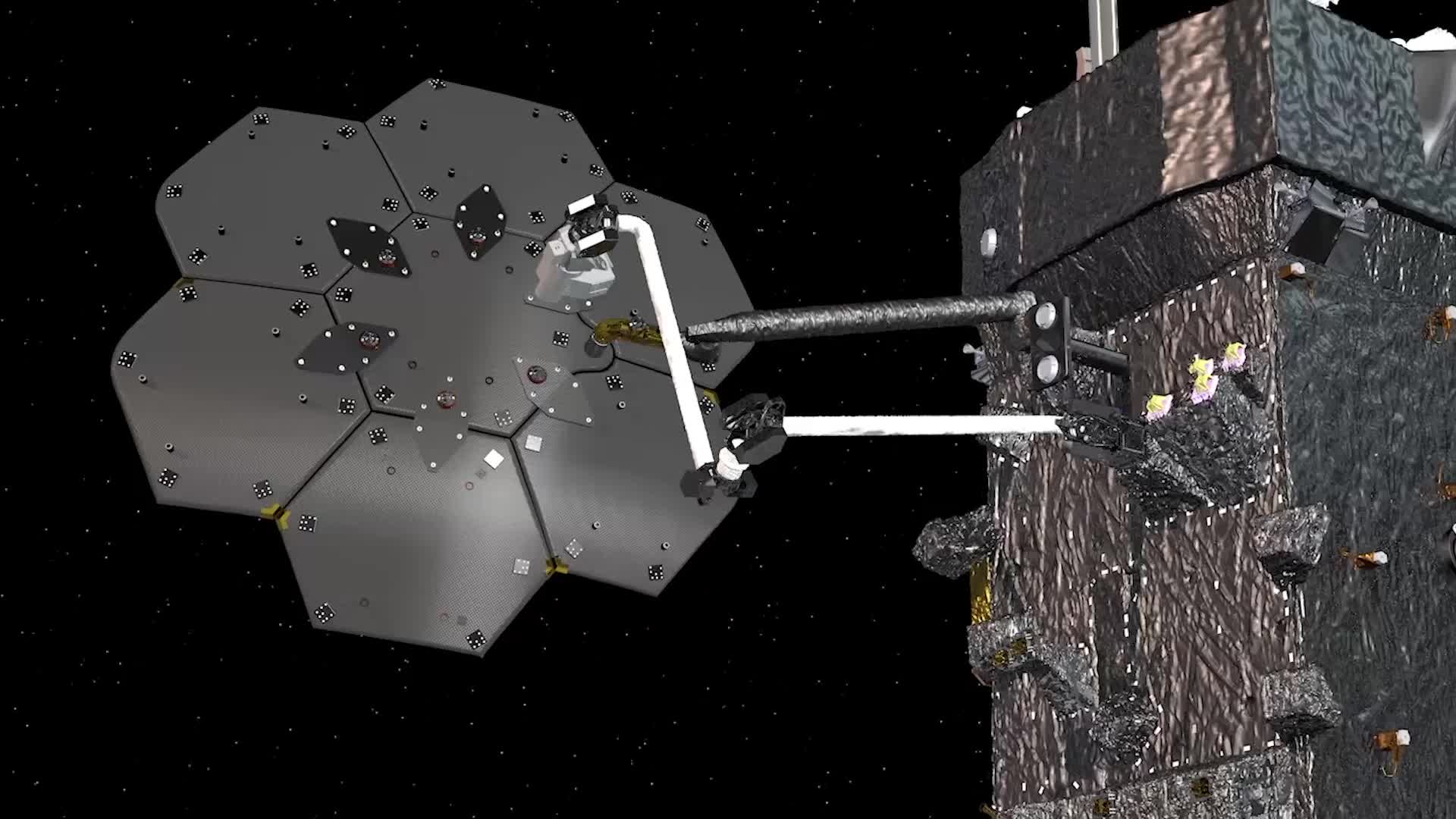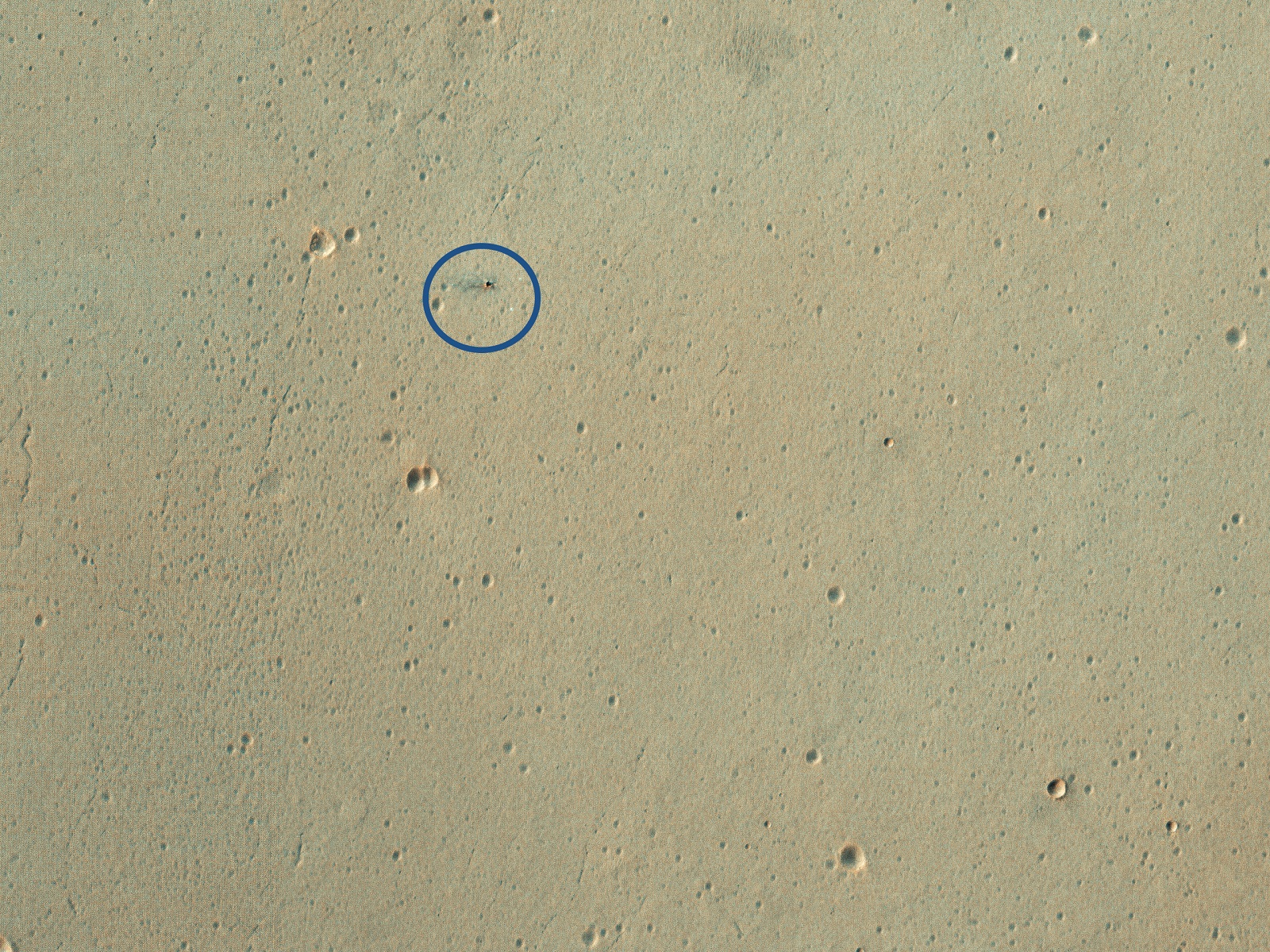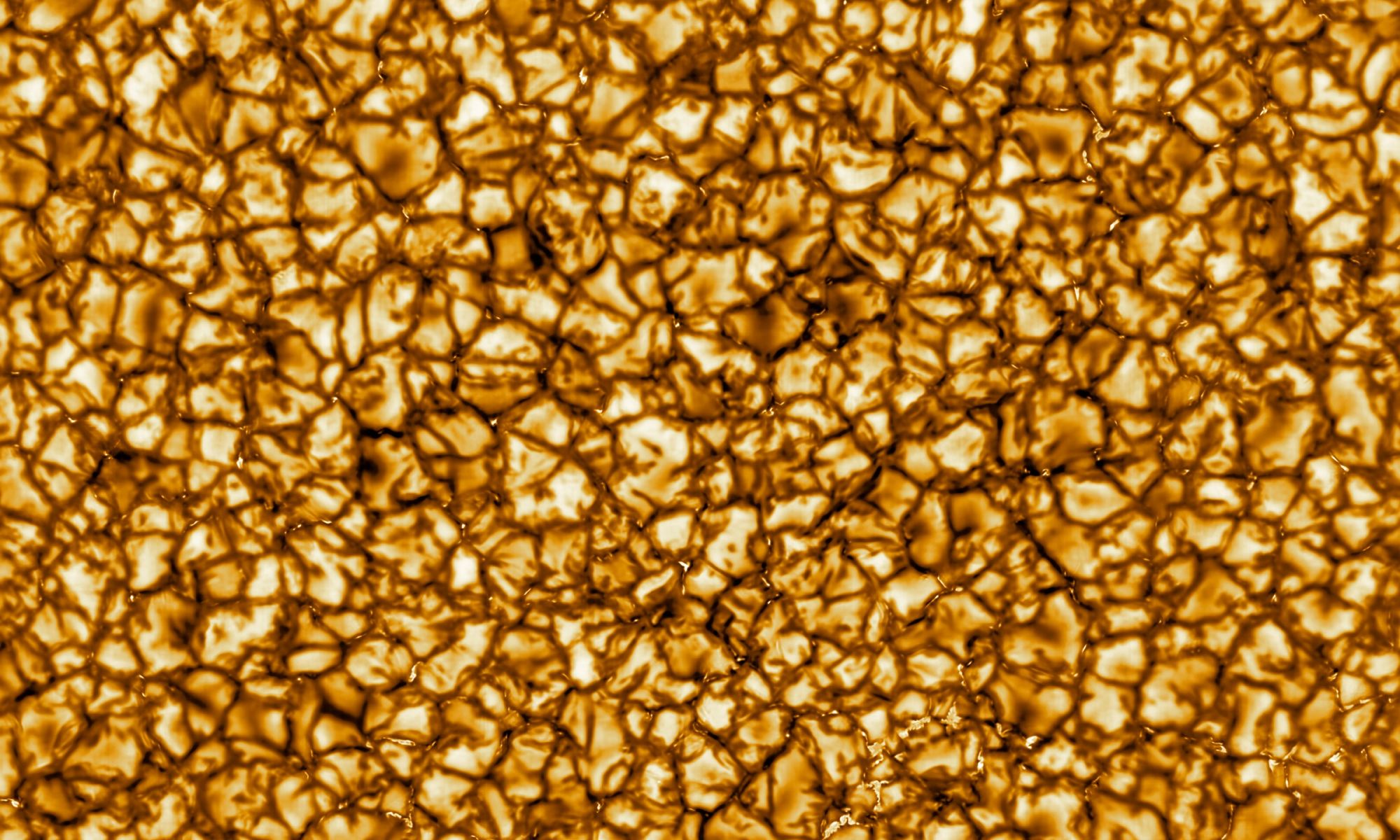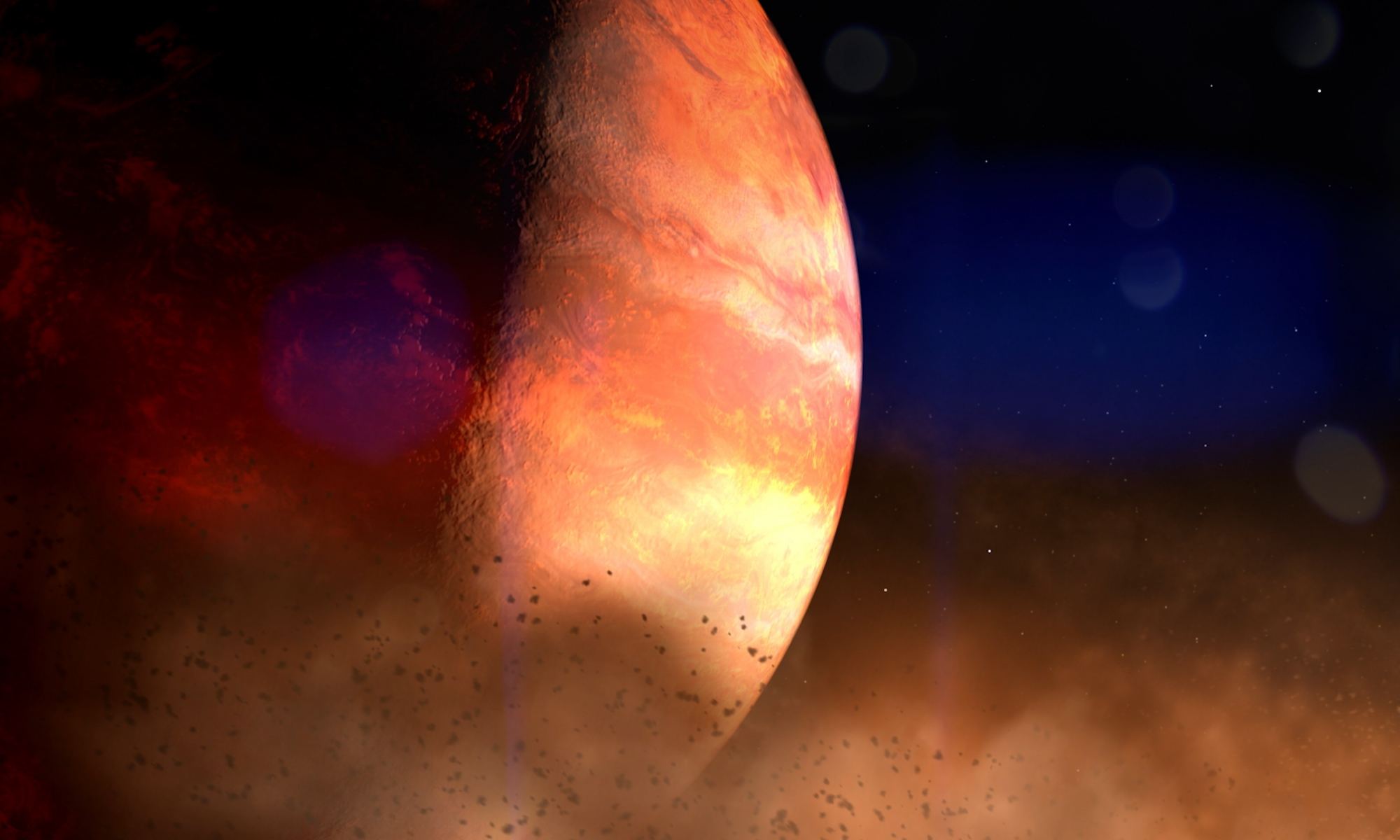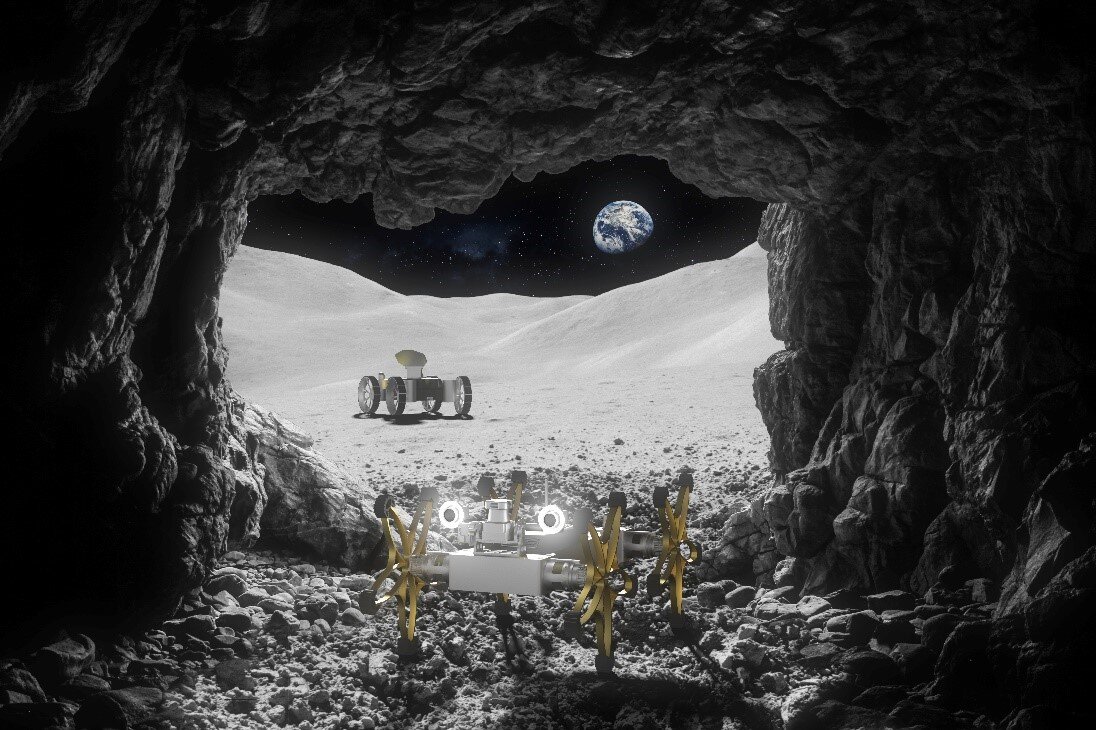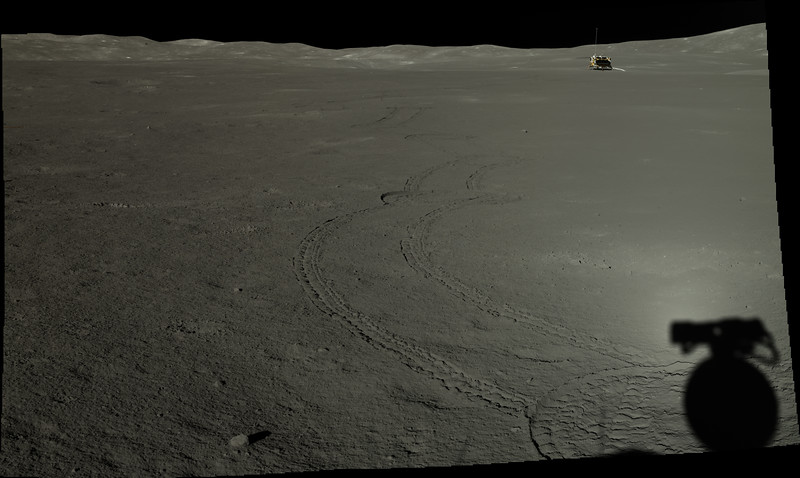It is a foregone conclusion that if humanity intends to survive the so-called “Anthropocene” we need to make the transition away from fossil fuels and other methods that are unsustainable and amplify our impact on the planet. In this respect, a great deal of research and development is being directed towards “renewable energy.” Of the many methods that are being developed, the biggest contender is and always has been solar power.
Unfortunately, solar power suffers from a number of drawbacks, like the fact that it is only available during the day and favorable weather conditions. However, a new study by researchers from the Institute for Research in Electronics and Applied Physics (IREAP) shows how a special kind of photovoltaic cell could generate power at night. These “anti-solar” cells could revolutionize renewable energy and make it far more proficient.
Continue reading “Anti-Solar Cells Could Generate Electricity at Night”

